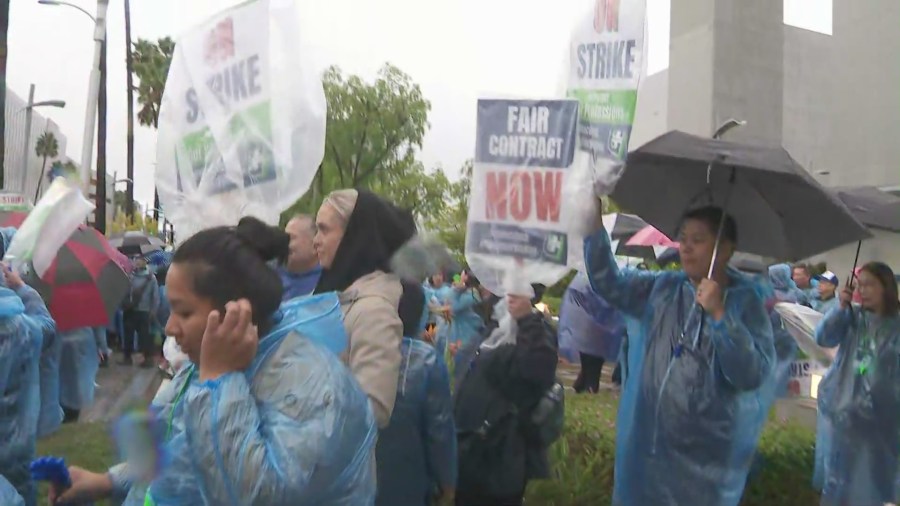UPDATE: The five-day strike involving over 30,000 Kaiser Permanente healthcare workers has officially ended, bringing a wave of “new momentum” in negotiations, according to union officials. The strike, which kicked off on October 14, 2025, saw employees across more than 500 facilities on the West Coast demanding safer staffing levels, better wages, and improved patient care conditions.
This historic walkout, led by the United Nurses Associations of California/Union of Health Care Professionals (UNAC/UHCP), involved a diverse group of healthcare professionals, including registered nurses, pharmacists, and nurse practitioners. The union emphasized that the clear message from the strike was unity among caregivers committed to advocating for patient safety.
Kaiser officials previously labeled the strike as “unnecessary and disruptive,” asserting that they had made a “strong, comprehensive offer” to resolve the issues. However, after five days of protests, the striking workers returned to their posts, energized and ready to continue their fight for fair contracts, as stated by Charmaine S. Morales, union president and registered nurse.
“Caregivers are united, determined and backed by a growing movement for safe staffing and fair contracts,” Morales declared. The strike coincided with the release of new standards from the Joint Commission regarding medical facility staffing, which the union believes will significantly influence future contract negotiations. “Unsafe staffing is unsafe care,” Morales added, highlighting the urgency of the situation.
Union representatives will reconvene with Kaiser officials for bargaining sessions on October 22–23, focusing primarily on economic issues. Kaiser Permanente has signaled its willingness to negotiate, expressing gratitude to temporary workers who filled gaps during the strike.
In a statement, Kaiser executives reaffirmed their commitment to providing high-quality care while addressing employee concerns. They proposed a robust contract that includes a 21.5% total base wage increase over four years, alongside enhancements to medical plans and retiree benefits.
As the healthcare landscape continues to evolve, the impact of this strike resonates beyond immediate negotiations. “This strike may be over, but the fight for patient safety is not,” the union stated as workers returned to their roles, emphasizing their resolve to ensure that patient care remains a top priority.
With ongoing discussions and heightened awareness around staffing standards, the future of healthcare worker negotiations remains critical. The situation is developing, and both sides are expected to continue pushing for solutions that will affect the quality of care for millions of patients across the region.
Stay tuned for updates as negotiations resume, and the implications of this strike unfold in the coming weeks.







